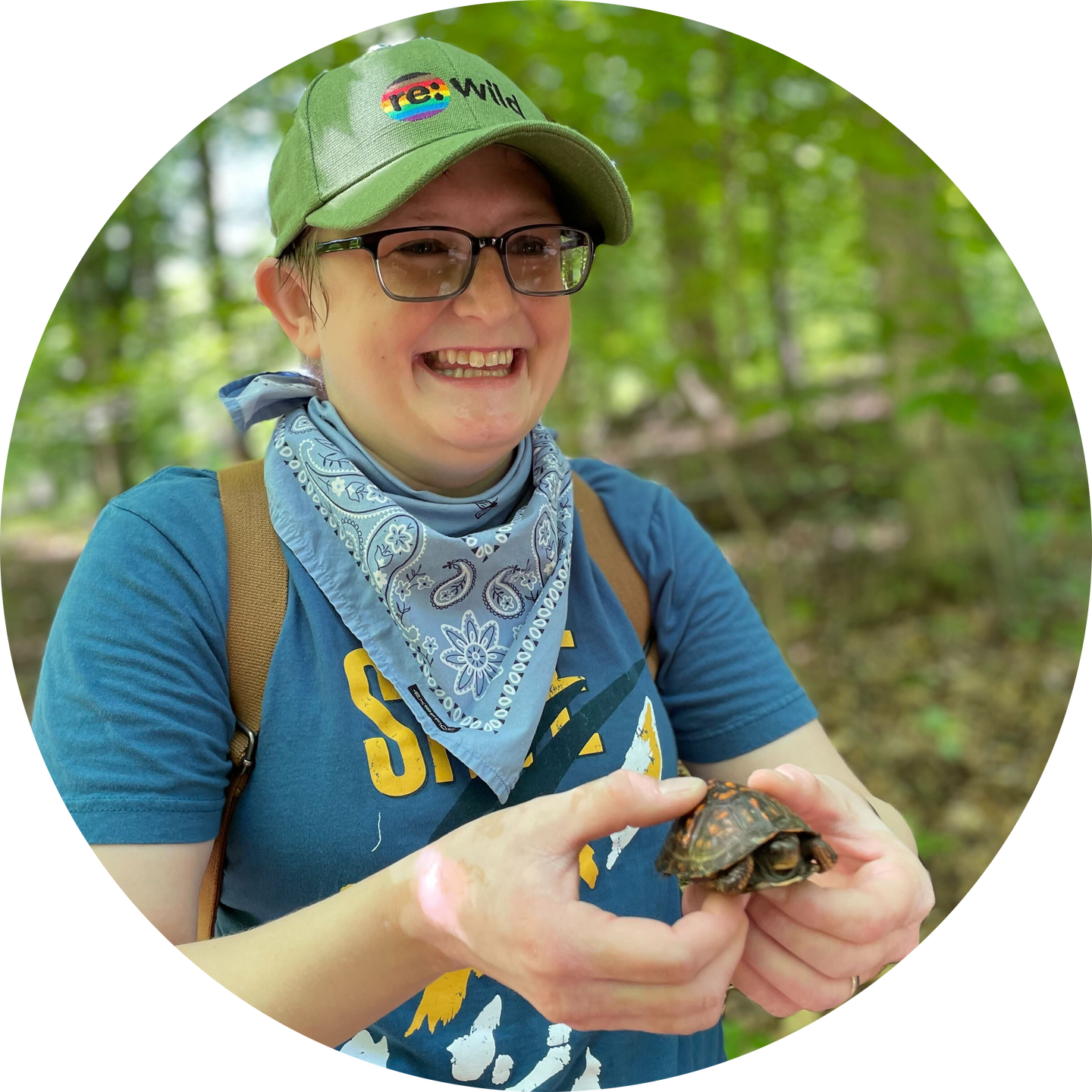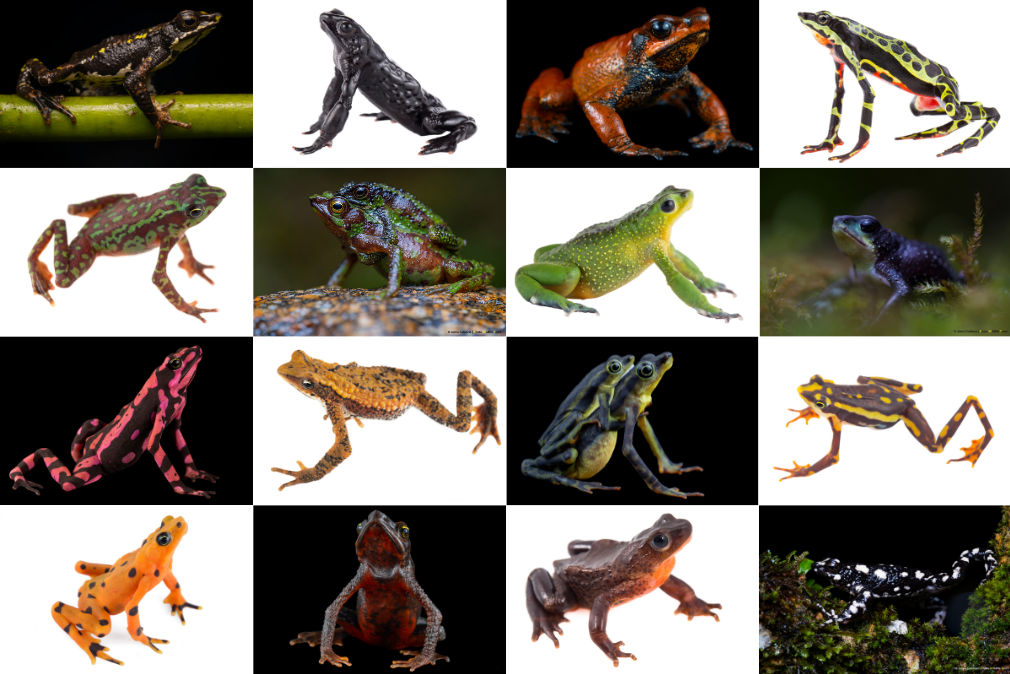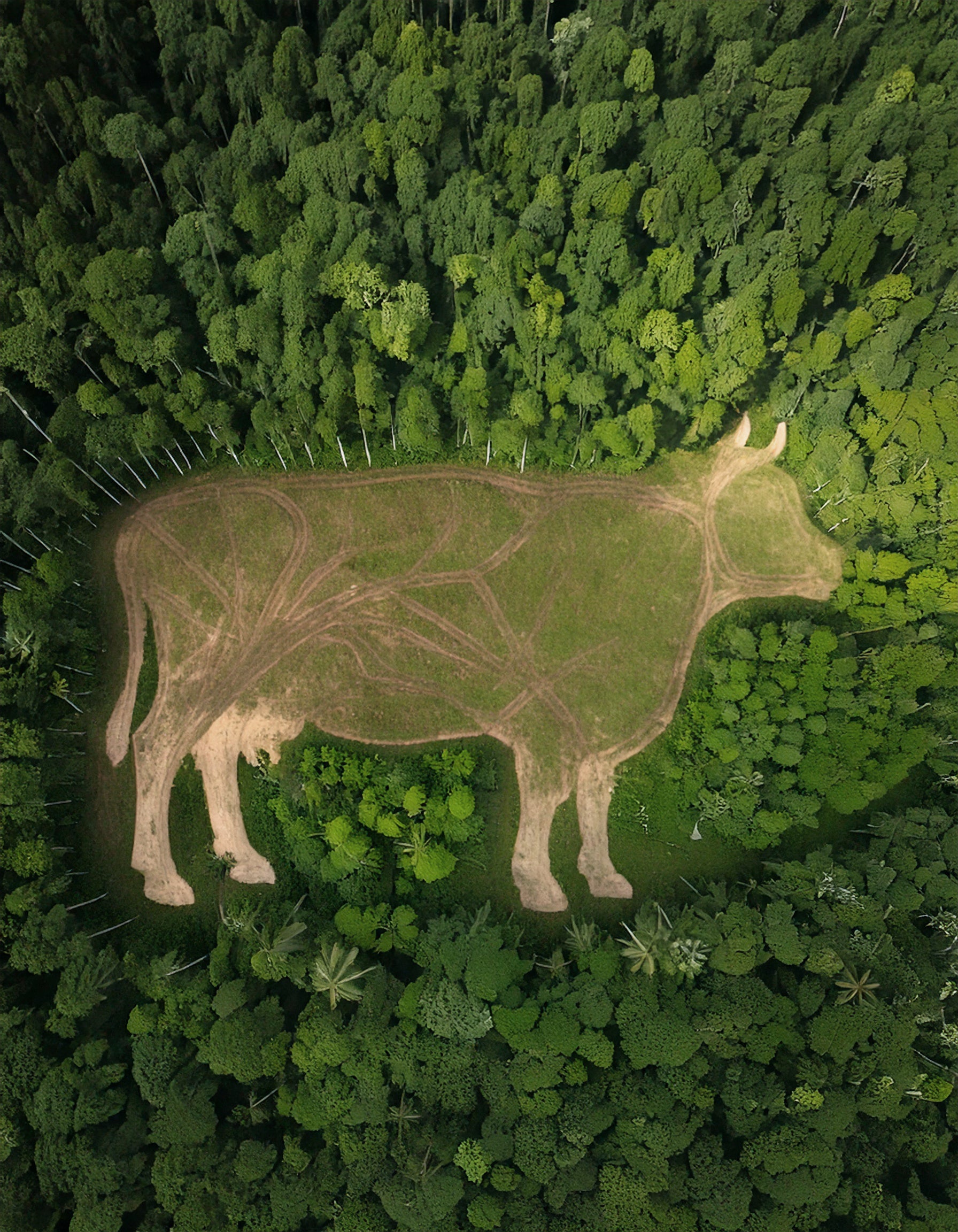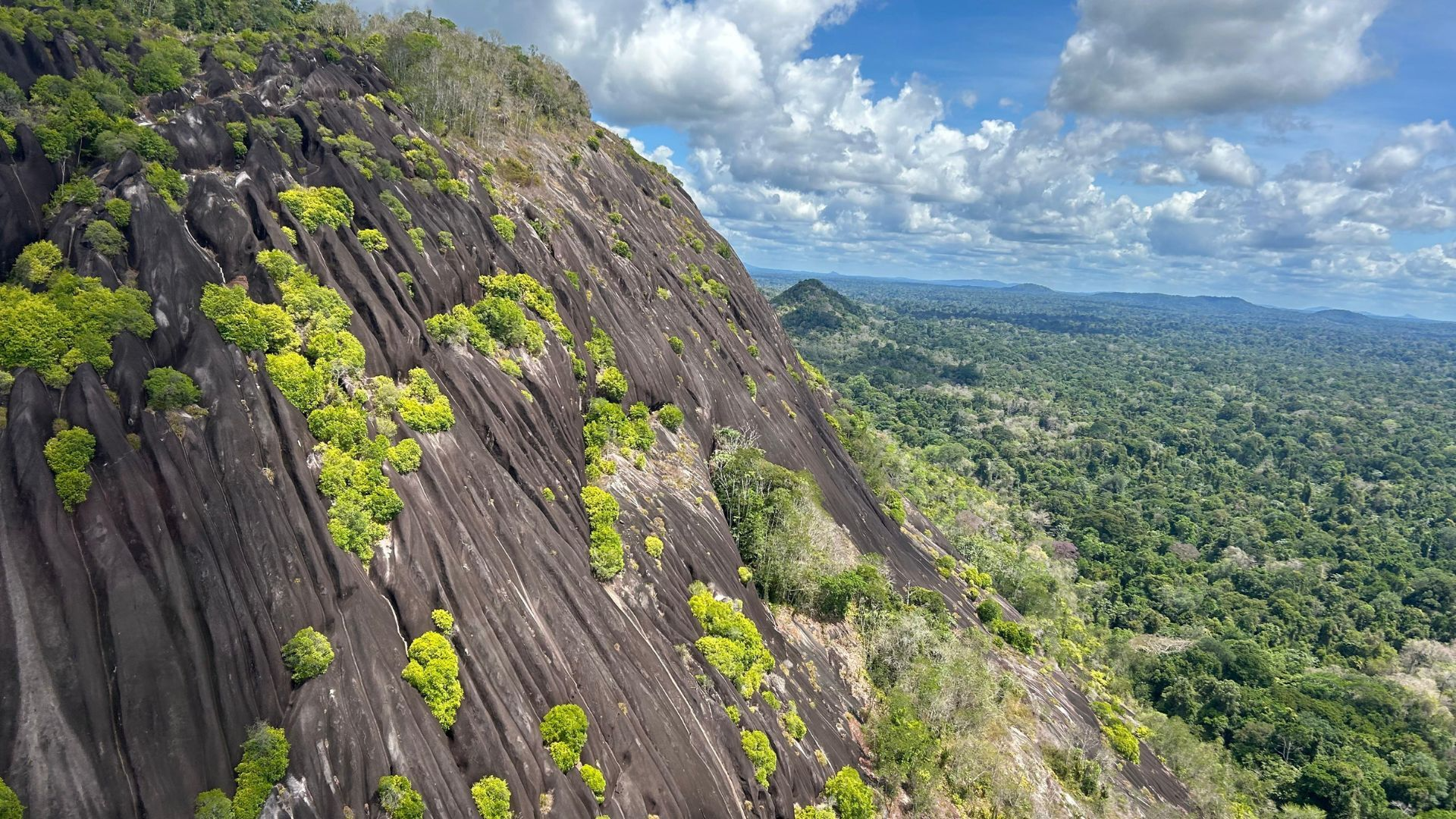With the formation of the Atelopus Survival Initiative (ASI)--a new alliance of more than 40 organizations from 13 countries--comes a new day for harlequin toads, the jewels of South and Central America’s forests and creeks and a group of amphibians hardest hit by the deadly chytrid fungus Batrachochytrium dendrobatidis (Bd).
While amphibian researchers and conservationists have worked for many years to save harlequin toads (which make up the Atelopus genus) and groups of species in individual countries, the ASI is bringing them together for the first time to pool the resources, decades of experience and knowledge necessary to prevent the extinction of the entire genus of harlequin toads across the region where these species still survive.
“As an incredibly diverse group of amphibians facing a number of threats, harlequin toads require innovative solutions coming from a diverse group of individuals and organizations with different expertise, knowledge and capacities,” said Lina Valencia, ASI founder, co-coordinator of the IUCN SSC Amphibian Specialist Group Atelopus Task Force and Andean countries coordinator for Re:wild, one of the primary ASI conveners. “More than ever before, we need a constellation of champions working together to bring harlequin toads back from the brink of extinction. The ASI underscores the vital need to implement on-the-ground conservation actions that will mitigate the main threats to this beautiful group of amphibians.”
Over the past few decades, many harlequin toad species have suffered severe population declines and extinctions throughout their range. Today, of the 94 harlequin toad species that have been assessed by the IUCN, 83 percent are threatened with extinction, while about 40% of Atelopus species have disappeared from their known homes and have not been seen since the early 2000s, despite great efforts to find them. Four harlequin toad species are already classified as extinct, according to the IUCN Red List of Threatened Species, but this number is likely higher.
The fungus Batrachochytrium dendrobatidis (Bd) causes the lethal disease chytridiomycosis, which has resulted in amphibian declines all around the world, including in Australia and the western United States. Although Bd may likely be the primary driver of these declines, a number of other threats are exacerbating the precipitous drops in population numbers. This includes habit destruction and degradation (as the result of animal agriculture, logging, mining and infrastructure development), the introduction of invasive species such as the rainbow trout that prey on harlequin toad tadpoles, pollution, illegal collection for the pet trade, and the effects of climate change.
The ASI and its members, including governments, local communities and Indigenous peoples, will collaboratively address each of these threats--and new ones as they arise--across the genus’s full range, taking into account the social, political and cultural realities of each of the 11 countries where harlequin toads are found.
“With their beautiful songs and unique lifestyles, amphibians are among the most extraordinary animals on Earth, and among them, harlequin toads stand out for their amazing colors,” said Luis Fernando Marin da Fonte, coordinator of the ASI and director of partnerships and communications for the Amphibian Survival Alliance. “But these colorful and delicate jewels are becoming increasingly rarer. Harlequin toads must be protected not only because of their beauty and uniqueness, but also because of their intrinsic value and biological, ecological and even cultural importance.”
The initiative’s newly developed Harlequin Toad (Atelopus) Conservation Action Plan (HarleCAP) provides the roadmap for conserving and restoring harlequin toads as a genus and their habitat. The action plan’s goals, which ASI aims to achieve by 2041 (the 200th anniversary of the description of the genus Atelopus), include:
developing and implementing innovative methods to mitigate chytrid’s impacts on harlequin toad populations and better understanding why some species are less susceptible to the effects of chytrid;
protecting and restoring harlequin toads’ forests and watersheds;
creating and maintaining conservation breeding programs;
searching for species that are lost to science and filling in other gaps in scientific knowledge about harlequin toads;
sharing stories that will transform harlequin toads into symbols of hope for the region and the world and a flagship for conservation success, and demonstrate a commitment to the conservation of harlequin toads;
ensuring the Atelopus conservation network has the technical, logistical, and financial support to secure the long-term conservation of harlequin toads.
“The genus Atelopus is among the most threatened groups of amphibians in the world,” said Ariadne Angulo, chair of the IUCN SSC Amphibian Specialist Group. “By rallying behind a conservation strategy with collective input from key stakeholders, the Atelopus Survival Initiative is taking an essential step towards the conservation of these diverse and highly emblematic toads and the habitats that they live in.”
Harlequin toads are found from Costa Rica in the north to Bolivia in the south, and Ecuador in the west and French Guiana to the east. They are known as the jewels of South and Central America in part because of their beautiful and varied colors, which range from orange, green, yellow, brown, black, red, and sometimes even purple. They are celebrated in a number of Latin American cultures, including Indigenous cultures, and across entire countries, like in Panama, where the national animal is the Panamanian golden toad.
Like other amphibians, harlequin toads support healthy ecosystems. Their tadpoles depend on clean water and, because of this, the presence of harlequin toads indicates better quality water in an ecosystem, while their decline or absence is often the first sign of an ecosystem in trouble.
“Protecting and restoring harlequin toads and their habitats will also benefit the species that share the ecosystems in which they live and that provide water to tens of millions of people, and ultimately all life on Earth,” Valencia said. “And we’re hoping that the ASI will be a successful model that conservationists can emulate for other groups of threatened species.”
The Atelopus Survival Initiative includes national and international conservation groups, zoos, captive breeding centers, academic institutions, governments and local communities. Its current members represent the following organizations: Amphibian Ark, Amphibian Survival Alliance, Asociación Pro Fauna Silvestre - Ayacucho, Bioparque Municipal Vesty Pakos, Bolivian Amphibian Initiative, Centre National de la Recherche Scientifique, Centro de Conservación de Anfibios AMARU, Centro Jambatu de Investigación y Conservación de Anfibios/Fundación Jambatu, CORBIDI, DoTS, El Valle Amphibian Conservation Center Foundation, Facultad Latinoamericana de Ciencias Sociales, Florida International University, Fort Worth Zoo, Fundación Atelopus, Fundación Zoológica de Cali, Universidad del Tolima (GHEE), Grupo de Trabajo Atelopus Venezuela, Image Conservation, Instituto Nacional de Pesquisas da Amazônia, Instituto Venezolano de, Investigaciones Científicas, Ministerio del Ambiente de Perú, MUBI (Museo de Biodiversidad del Perú), Parque Explora, Parque Nacional Natural Puracé, Photo Wildlife Tours, Pontificia Universidad Católica del Ecuador, Pontificia Universidad Javeriana, Re:wild, San Diego State University, Smithsonian Tropical Research Institute, Trier University, Universidad de Antioquia, Universidad de Costa Rica, Universidad de los Andes, Universidad del Tolima, Universidad del Magdalena, Universidade Federal do Pará, Universidad Nacional, Universidad Interamericana de Panamá, Universidad Nacional de Colombia, Universidad San Francisco de Quito, Universidade Estadual de Campinas, Universidade Federal do Oeste do Pará, University of Nevada, Reno, University of Notre Dame, University of Pittsburgh, WCS (Wildlife Conservation Society), WCS Colombia, Zoológico Cuenca Bioparque Amaru
Additional quotes
Juan Manuel Guayasamin Universidad San Francisco de Quito, Ecuador University of North Carolina at Chapel Hill, EUA Co-coordinator of the IUCN SSC Amphibian Specialist Group Atelopus Task Force
“Extinctions and declines of harlequin toads are the most dramatic that have been documented for a group of such diversity. We need urgent and pragmatic action, based on science, to save harlequin toads from extinction. Governments, communities and NGOs should join forces with the Atelopus Survival Initiative. We still don't accept the fact (and responsibility) that the fate of the planet and every species that it houses is in our hands.”
Gina de la Togna Universidad Interamericana de Panamá, Panamá Smithsonian Tropical Research Institute, Panamá Co-chair IUCN SSC ASG Biobanking Working Group
“The establishment of collaborative initiatives at the international and regional level is essential to coordinate efforts and obtain tangible results that have an efficient and real impact on the conservation of an endangered species. The Atelopus Survival Initiative is a concrete example, which not only aims to conserve one species, but an entire genus, perhaps the most threatened by the global amphibian extinction crisis.”
Kelsey Neam Re:wild biodiversity assessments coordinator IUCN SSC ASG Amphibian Red List Authority program officer
“The most recent data from the IUCN Red List of Threatened Species shows that amphibians are one of the most threatened groups of animals in the world, and harlequin toads are particularly at high risk of extinction. Because adequate data are often lacking for many harlequin toads, it is critical to prioritize and strengthen resources to help fill data gaps so that we can make informed decisions to conserve this group of unique amphibians.
Atelopus Survival Initiative The Atelopus Survival Initiative is a collaborative and coordinated network that includes national and international conservation groups, zoos, conservation breeding centers, academic institutions, governments and local communities working together to implement substantial, long-term and range-wide conservation measures for harlequin toads.
Re:wild Re:wild protects and restores the wild. We have a singular and powerful focus: the wild as the most effective solution to the interconnected climate, biodiversity and pandemic crises. Founded by a group of renowned conservation scientists together with Leonardo DiCaprio, Re:wild is a force multiplier that brings together Indigenous peoples, local communities, influential leaders, nongovernmental organizations, governments, companies and the public to protect and rewild at the scale and speed we need. Re:wild launched in 2021 combining more than three decades of conservation impact by Leonardo DiCaprio and Global Wildlife Conservation, leveraging expertise, partnerships and platforms to bring new attention, energy and voices together. Our vital work has protected and conserved over 12 million acres benefitting more than 16,000 species in the world’s most irreplaceable places for biodiversity. We don’t need to reinvent the planet. We just need to rewild it—for all wildkind. Learn more at rewild.org.
IUCN SSC Amphibian Specialist Group The Amphibian Specialist Group (ASG) is part of the Species Survival Commission (SSC) of the International Union for Conservation of Nature (IUCN). It provides the scientific foundation to inform effective amphibian conservation action around the world. Under the umbrella of the ASG, the Amphibian Red List Authority oversees the assessments of all amphibians on The IUCN Red List of Threatened Species. ASG, together with ASA and Amphibian Ark, share a common vision of “Amphibians thriving in nature”. Learn more at https://www.iucn-amphibians.org/.
Amphibian Survival Alliance The Amphibian Survival Alliance (ASA) promotes the conservation of amphibians and their habitats through dynamic partnerships worldwide. The ASA raises awareness of amphibians and their plight, and helps channel vital resources towards the implementation of vital conservation actions, as guided by the global Amphibian Conservation Action Plan. ASA works directly with the IUCN SSC Amphibian Specialist Group and Amphibian Ark to achieve the shared vision of “Amphibians thriving in nature”. ASA champions the extraordinary work of its partners and seeks to recruit diverse new partners to build a strong, collaborative future for amphibian conservation. Learn more at www.amphibians.org.
Amphibian Ark The Amphibian Ark works to ensure the survival and diversity of amphibian species focusing on those that cannot currently be safe-guarded in their natural environments. Our conservation grants and capacity building programs provide support to institutions engaged in amphibian rescue efforts, and our Conservation Needs Assessment helps prioritize species for conservation action. Information on these and other programs can be found at amphibianark.org.

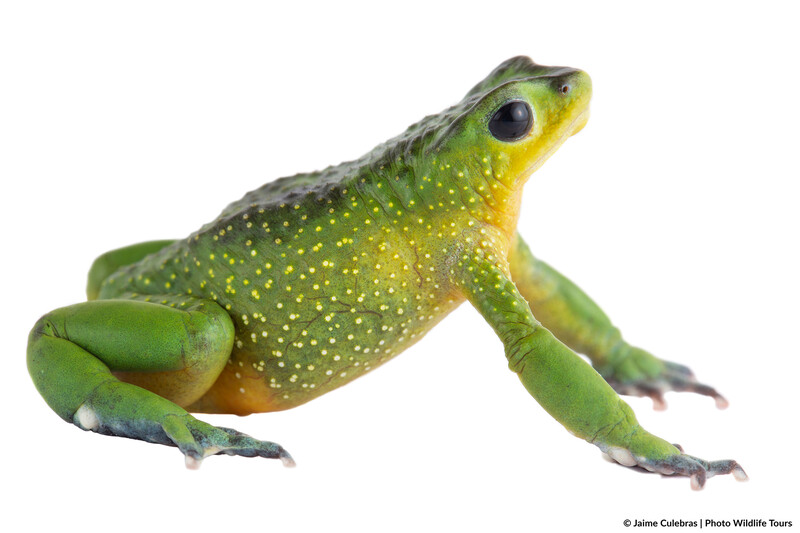
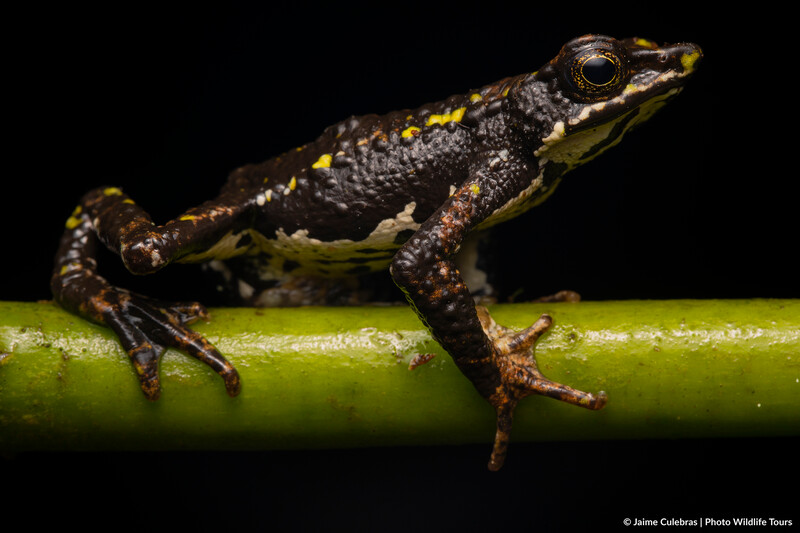


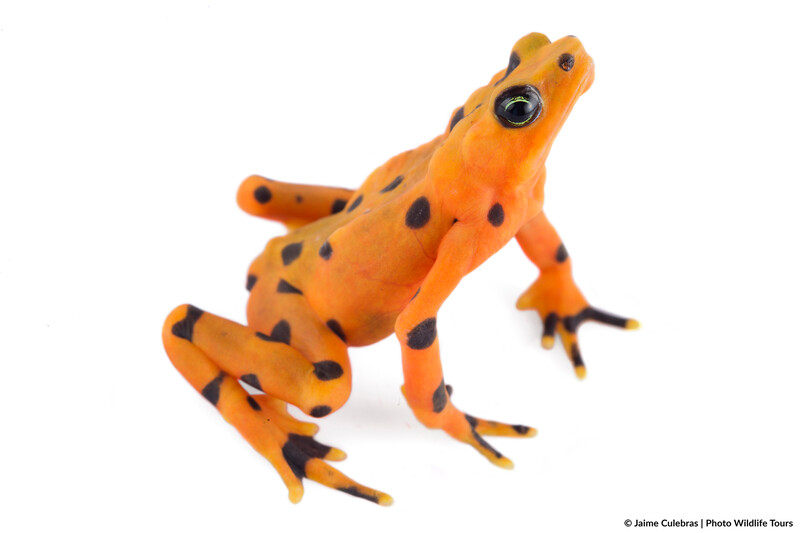
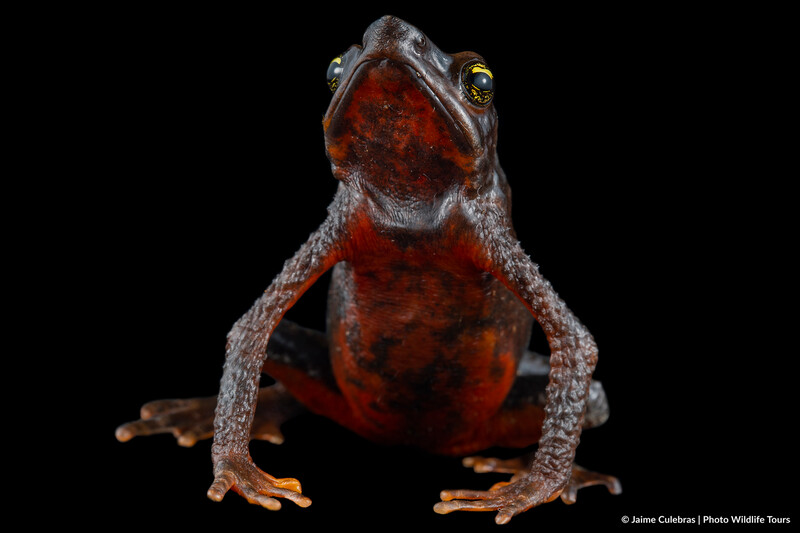
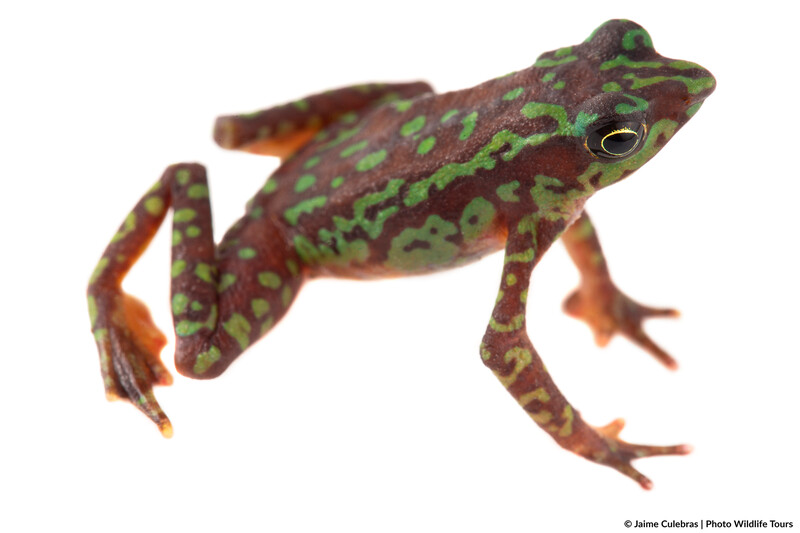
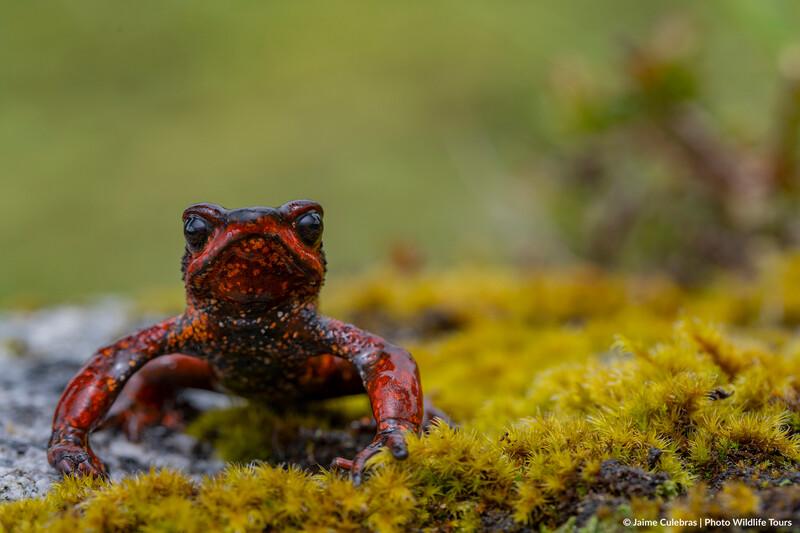
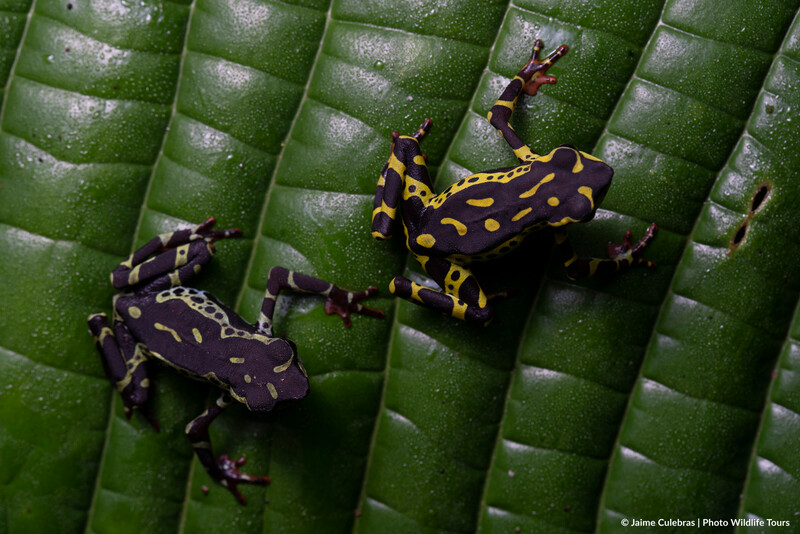

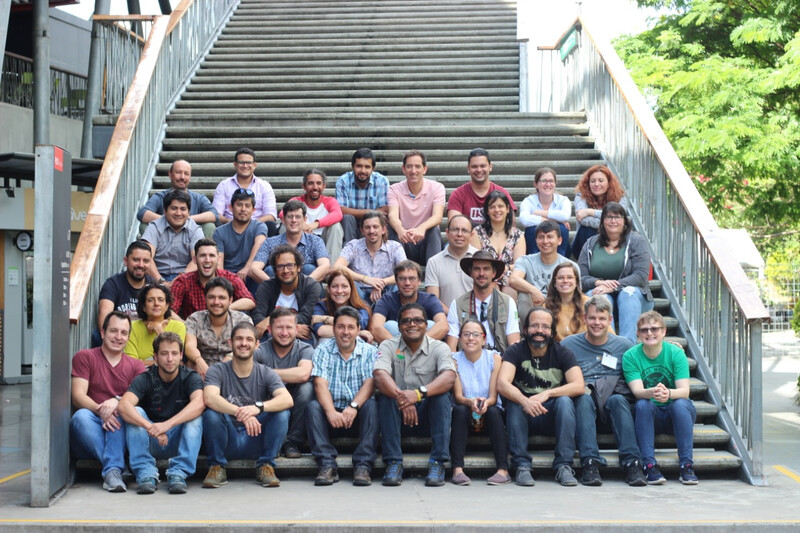

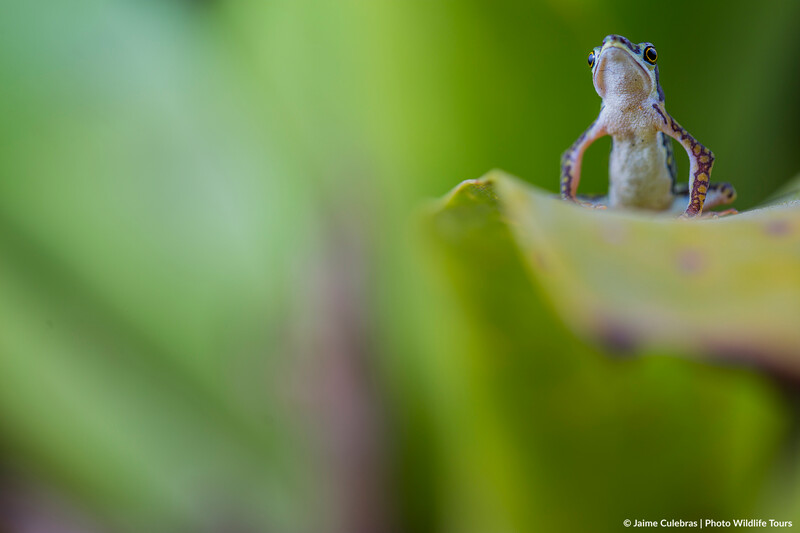
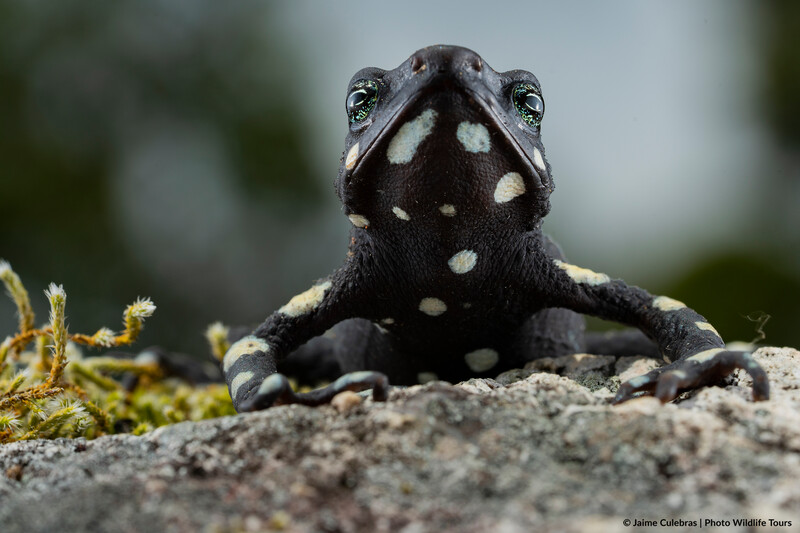
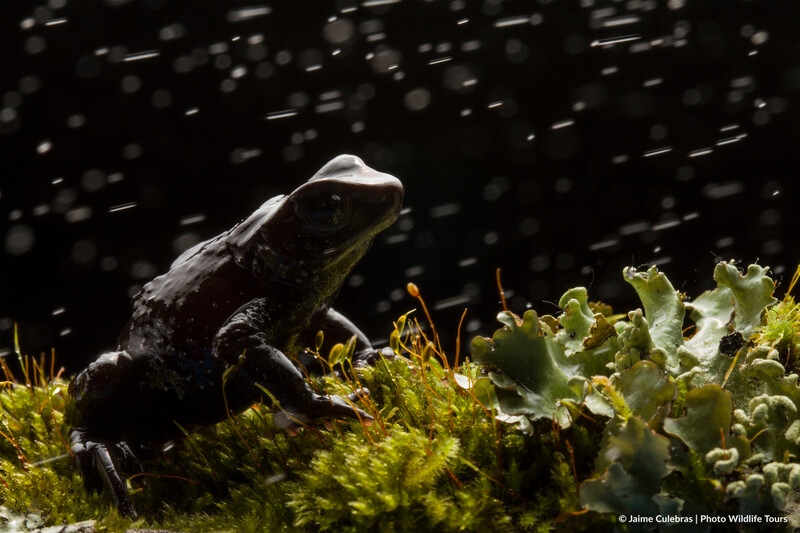

Devin Murphy
Writer
Devin Murphy is Re:wilds’s senior communications specialist and helps Re:wild and its partners tell stories about the work they do to protect wildlife and wildlands around the planet. Her favorite stories about conservation include fascinating and little-known species and the dedicated humans protecting them.
